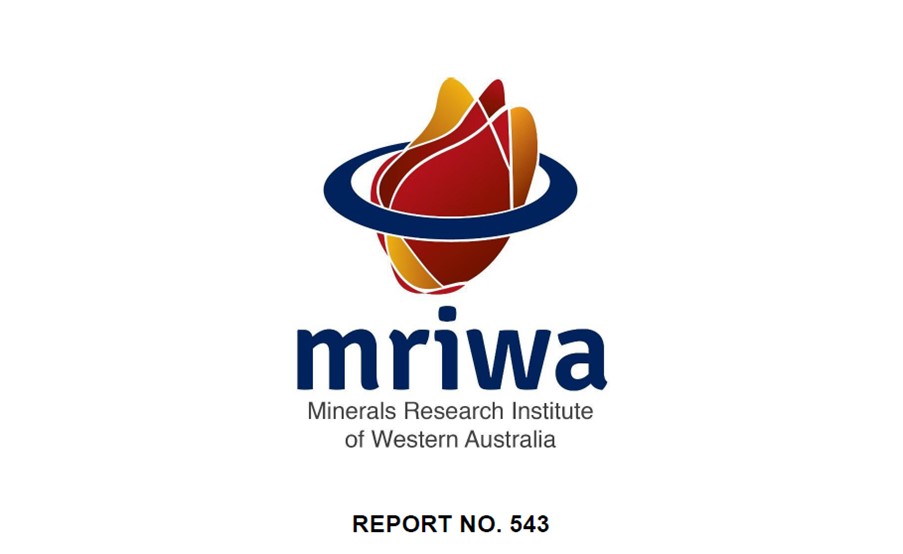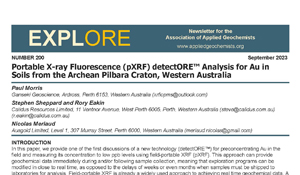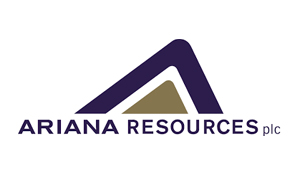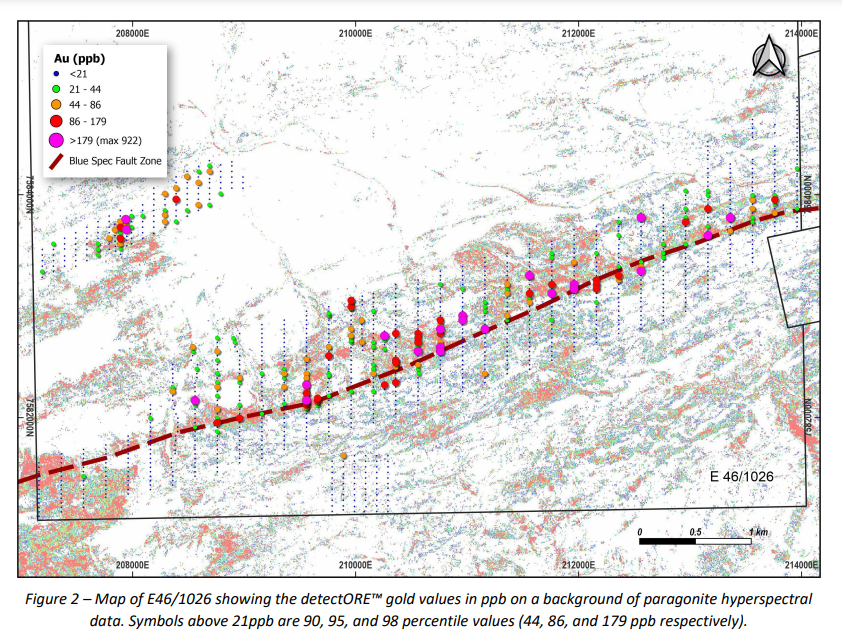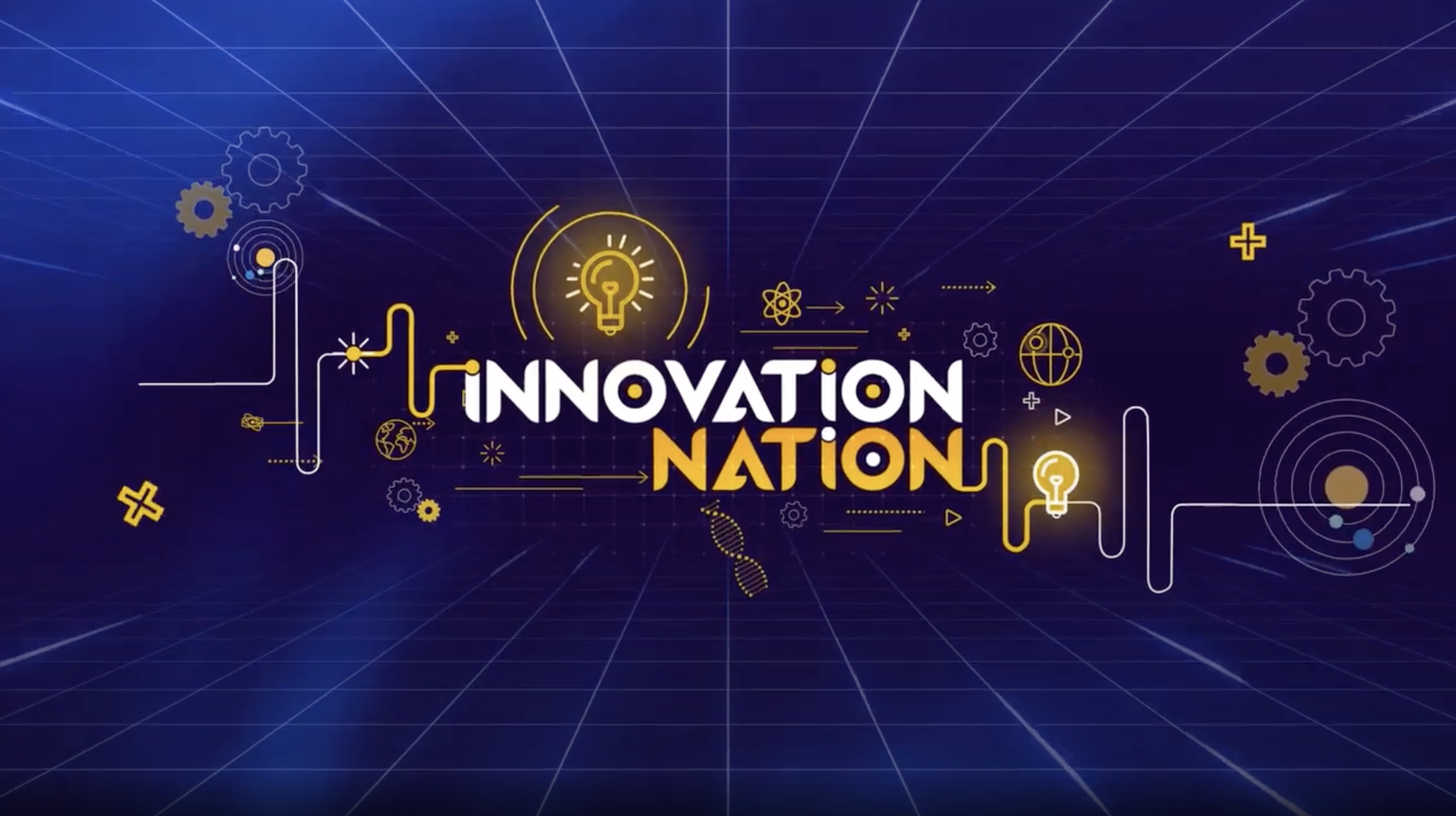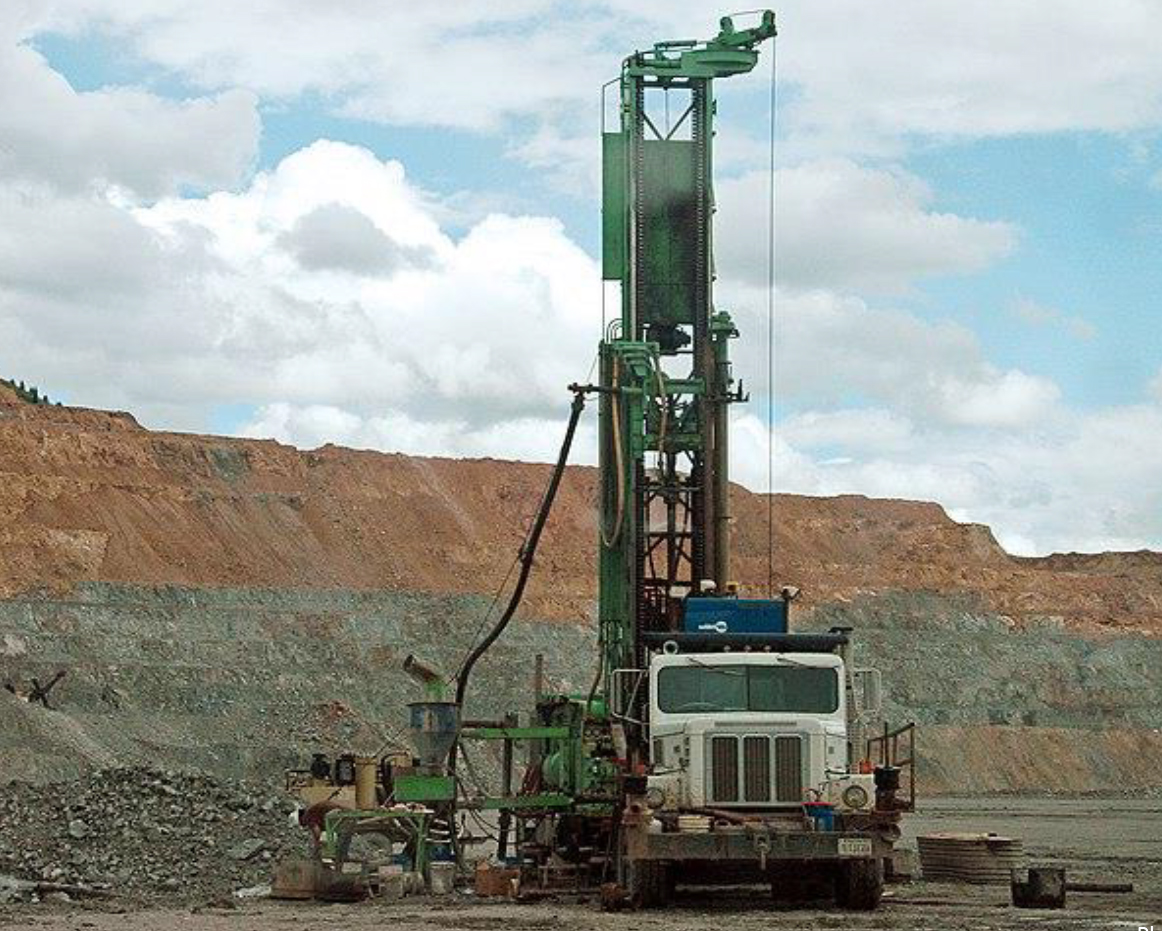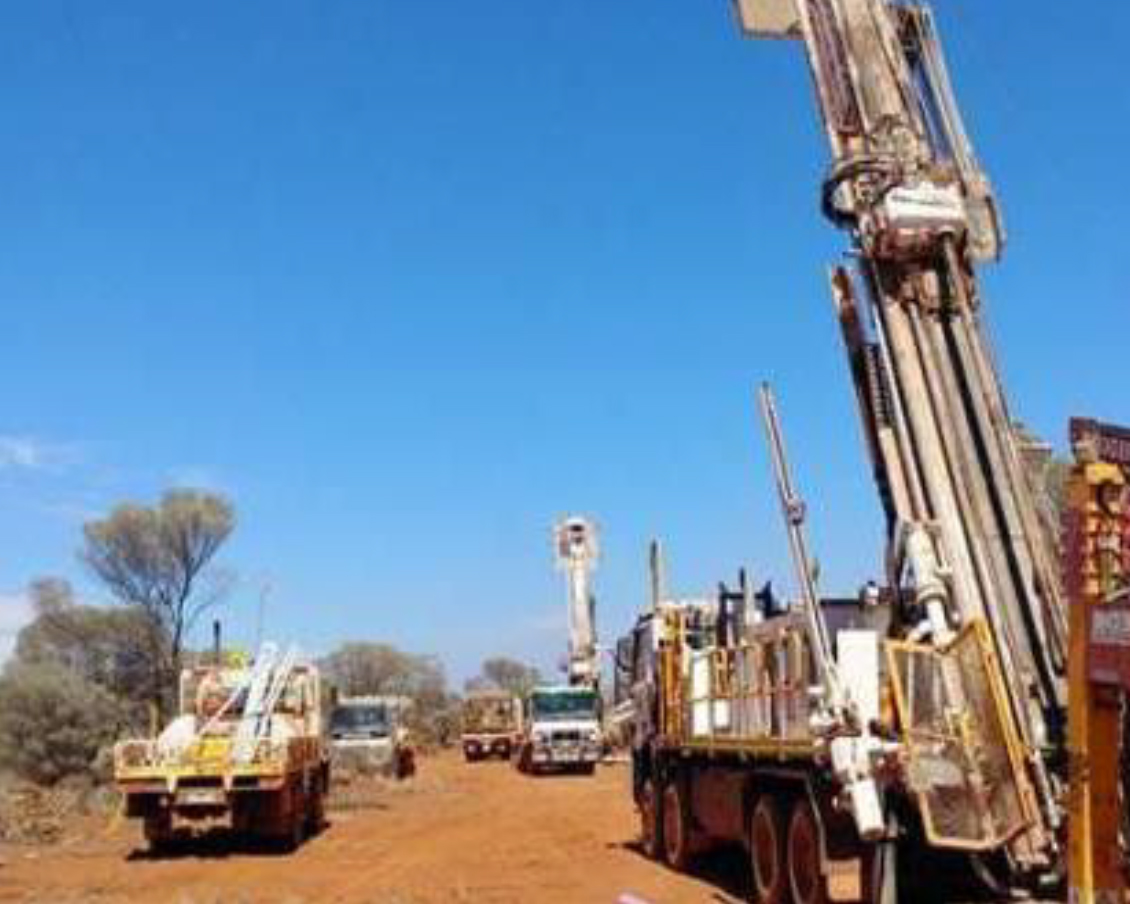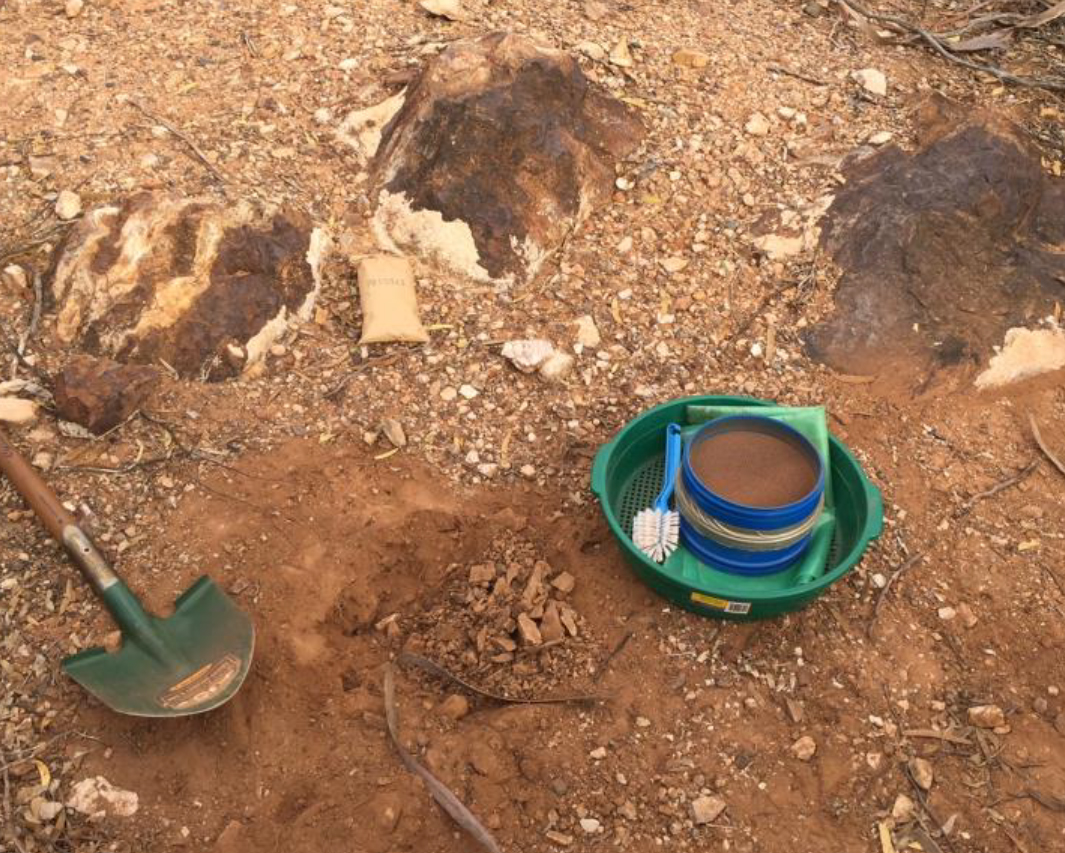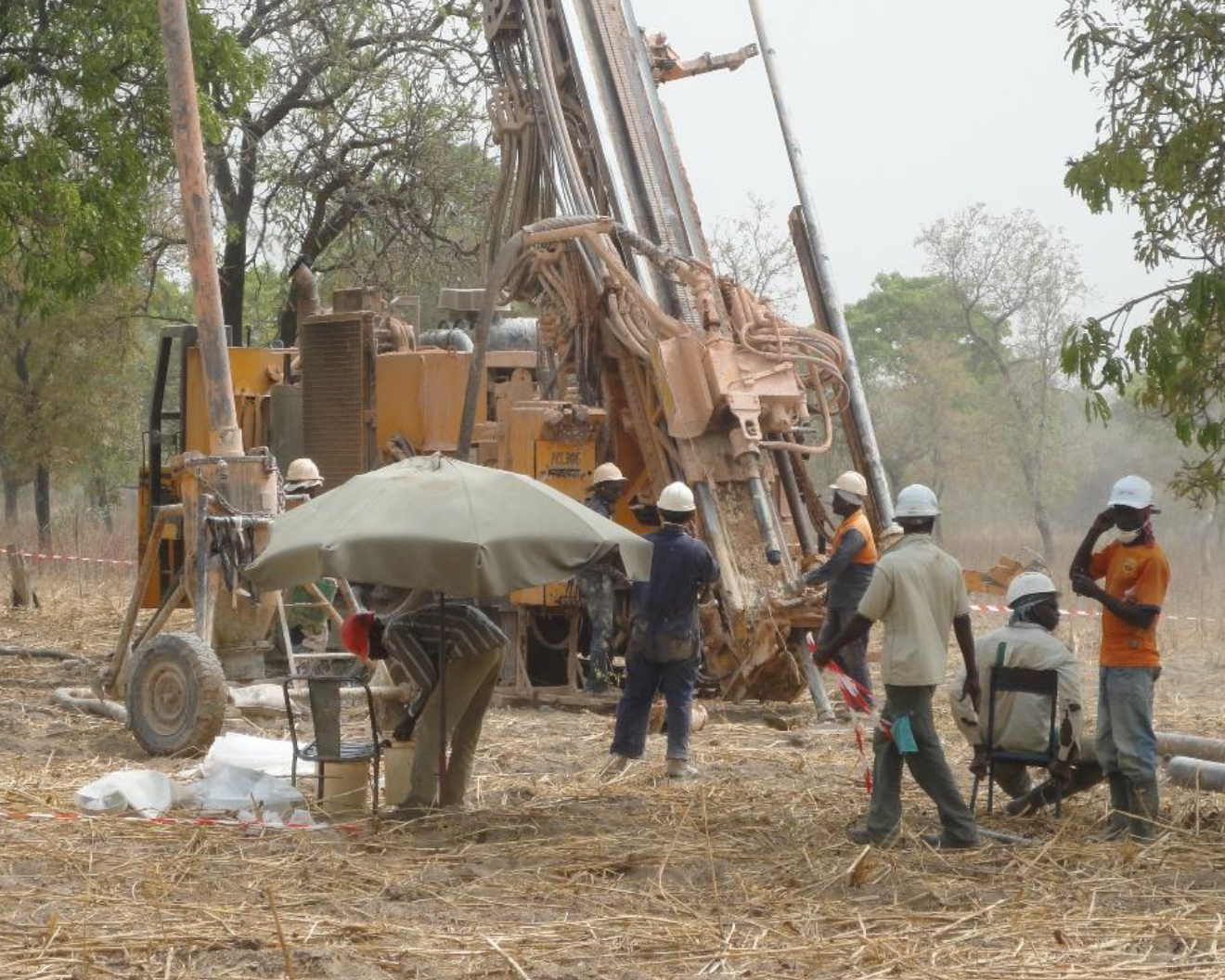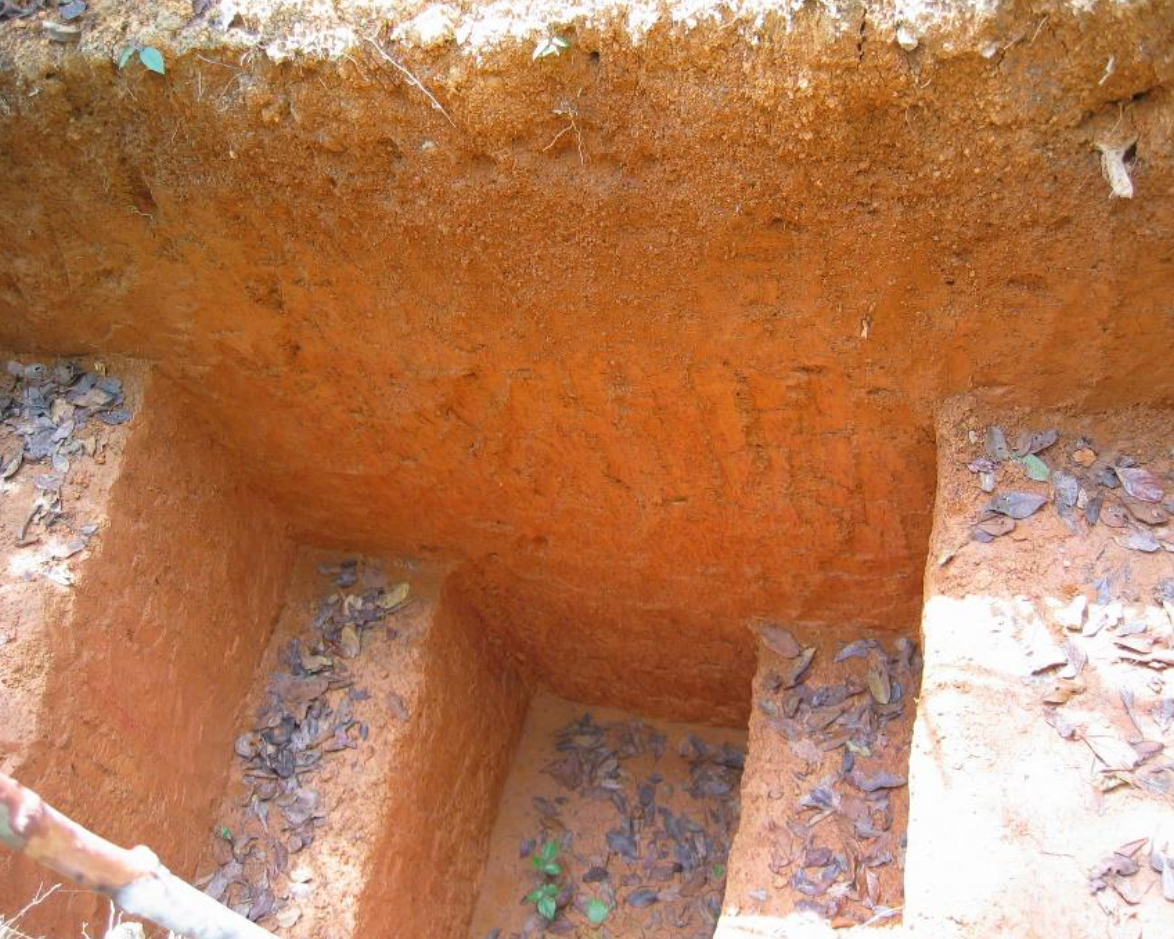FAQs
-
What is detectORE™?
detectORE™ is a World First technique exclusive to Portable PPB Pty Ltd for enabling low level gold analysis from anywhere using the detectORE™ Widget, proprietary software and portable XRF. It is a system and a process. The system involves the sample preparation, sample processing and use of a pXRF to obtain low level gold results in the field. It is a process as well, that enables rapid progress through “reactive sampling”, whereby the explorer can change the sample spacing as results come to hand on a daily basis. This helps to quickly define and delineate gold anomalies across a range of sample media. This enables explorers to explore smarter and discover faster™.
-
Will detectORE™ enable geologists to find gold deposits where other analytical techniques will not?
detectORE™ is not a silver bullet for gold exploration. It will not discover gold where other conventional lab techniques with the same lower detection limits cannot. Think of detectORE™ as an in-field analysis technique whereby the users can control their own timelines for obtaining indicative gold concentrations down to low ppb concentrations using an off-the-shelf pXRF, the detectORE™ consumables and the proprietary software. detectORE™ involves the use of a reagent that results in a partial digest of the sample. It does not provide a total analysis of a sample, unlike traditional fire assays or the new technology. detectORE™ can be applied to most standard exploration samples and many gold mineralisation styles.
-
What exactly is the “detectORE™ widget”?
The term “detectORE™ Widget” refers to the consumables involved and thus includes the container (pouch), reagent (GLIX-20) and collector device (CD).
-
What materials and equipment are needed to run detectORE™?
There is a minimum amount of equipment needed to prepare and run the detectORE™ technique, in addition to a modern pXRF. What is needed depends on the size and number of the samples to be processed. For convenience we sell what we call Maxi and Mini Kits. These provide a turn-key solution to enable first time users to get started. Details of these kits and their pricing is available via our website or by emailing [email protected]
-
Why do the samples need to be mixed in the drum roller / mini mixer?
Samples need to be processed in the drum rollers as this accelerates the process, and improves the reagents effectiveness.
-
Is the reagent toxic / dangerous?
No. The reagent, GLIX-20™, ships with a Safety Data Sheet (SDS) prepared by ChemVit Consulting that confirms the reagent is non-hazardous and environmentally safe.
-
What QAQC (quality assurance / quality control) measures are used with detectORE™?
QAQC is a vital component of any geochemical program. It is no different when using detectORE™. There are two forms of QAQC samples. These are the RMs (Reference Materials) and CCD (certified collector devices). The RM and CCD values are checked by Portable PPB to ensure that sample results are valid. The entire process is managed via the pLIMS™ software.
-
Where can I buy the QAQC materials and what are they?
The detectORE™ QAQC materials are available from Portable PPB Pty Ltd. Please email [email protected] if you need more QAQC materials and consumables.
-
What is the detection limit for detectORE™?
The detection limit for samples is nominally 20 ppb, with modification lower limits can be achieved, please contact us to discuss your requirements.
DetectORE™ results are reported in detectORE Units (“dU”), which is a measurement of the amount of gold extracted from a sample. The dU is directly proportional to the amount of gold in a sample and can be converted to ug/kg (i.e. ppb or ppm).
-
What is the upper detection for detectORE™?
We have not experienced an upper detection limit to date, despite having tested on samples that contain over 100 ppm gold.
-
Are my detectORE™ data JORC compliant?
No but the reader is referred to examples in the following literature. Both appear to support the reporting of pXRF results under following certain conditions. Reference 1. Reference 2.
Want to know more information? Contact our team and we will get back to you shortly.
Latest news
- All
- Articles
- Case Studies
- Events
- Videos
-

Minerals Research Institute of Western Australia (MRIWA) Report – Results of detectORE™ technology research
Read More -

EXPLORE Newsletter (Sept 2023): Portable X-Ray Fluorescence (pXRF) detectORE™ Analysis for Au in Soils
Read More -

Ariana Resources: Dokwe Project: Results of detectORE™ Trial (LSE News Release)
Read More -

CASE STUDY – detectORE™ greenfields gold discovery
The first gold discovery using the unique detectORE™ technology.
Read More -

Innovation Nation 2024
Learn about detectORE, our world first in-field gold exploration technology.
Read More -

WA Innovator of the Year
Portable PPB wins the WA Innovator of the Year Award for 2023, recognising companies that have developed an innovative product, technology or service.
Read More -

Animated Explainer Video
An overview of the detectORE process in the form of an animation.
Read More -

Grade control using detectORE™
Comparing detectORE™ with other gold analytical methods reveals similar results but in a much more timely manner.
Read More -

Resource drilling using detectORE™
Trialing indicates that samples could be analysed on-site by detectORE™️, saving costs and unclogging the sample queue at the laboratory.
Read More -

Reactive sampling with soils using detectORE™
Mineral explorers working to a budget need reliable results quickly. Without assays the project cannot advance. During a resources boom weeks can turn into months…
Read More -

African RC drilling using detectORE™
In Africa, transporting samples and waiting for results is a slow, inefficient, and ultimately a very costly method of gold exploration. detectORE™️ demonstrates a faster, smarter way.
Read More -

African laterite using detectORE™
Using detectORE™️ on-site in extremely remote locations to analyse African regolith samples is demonstrated to save time and resources.
Read More
